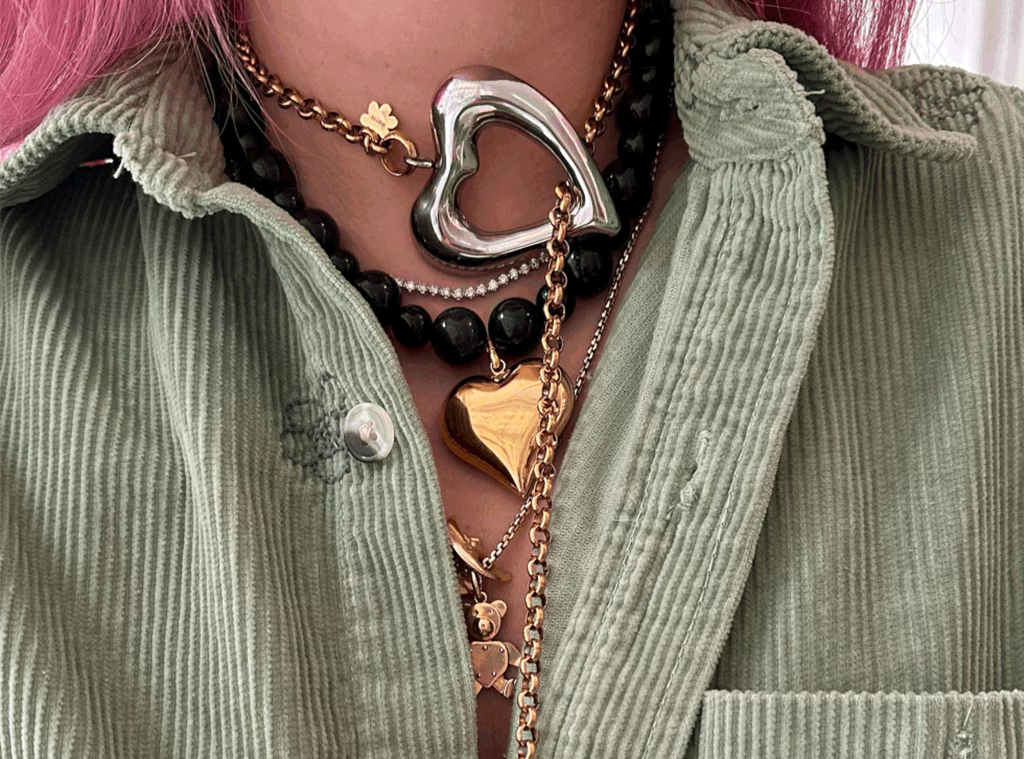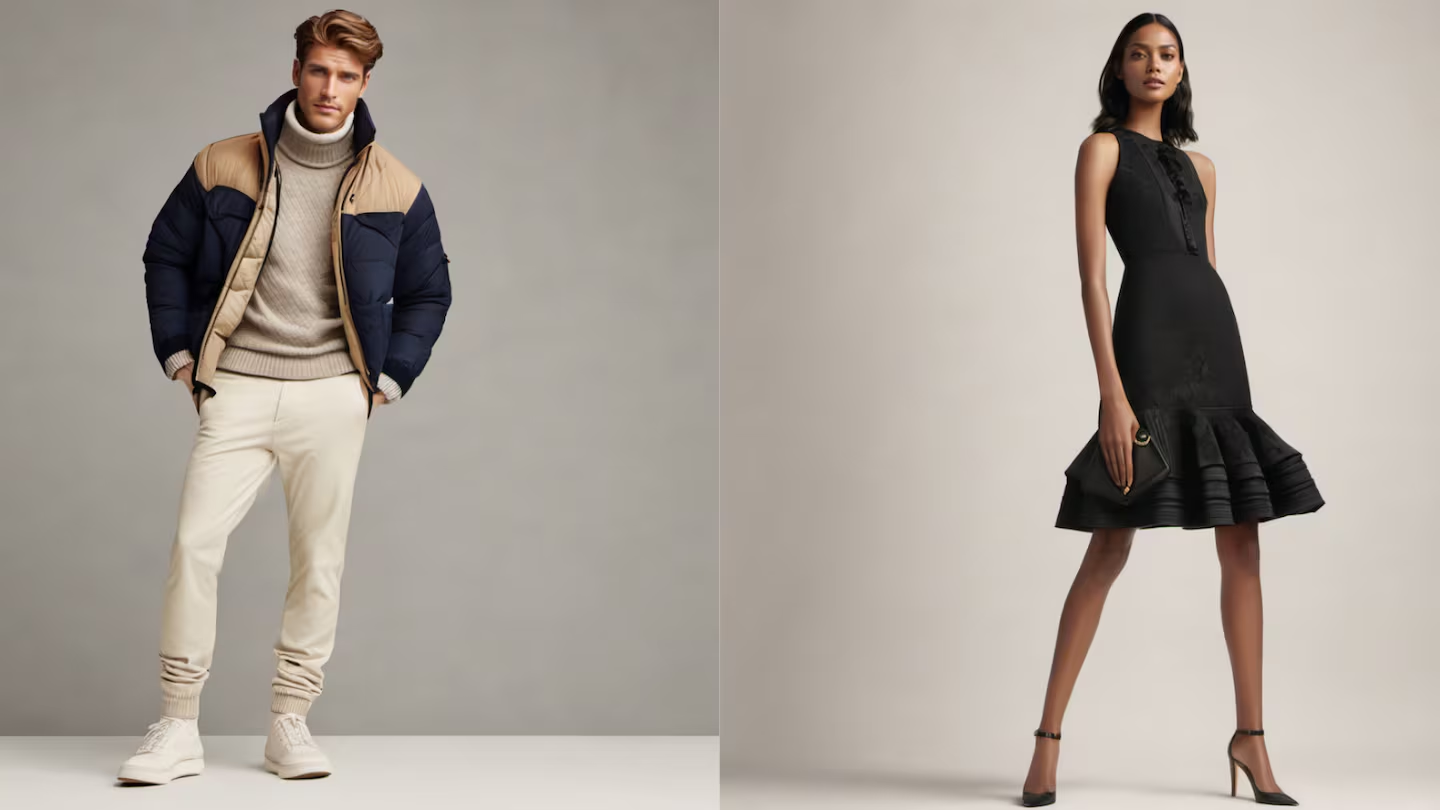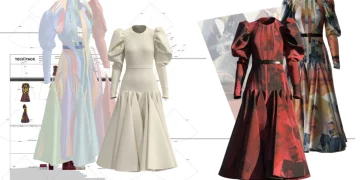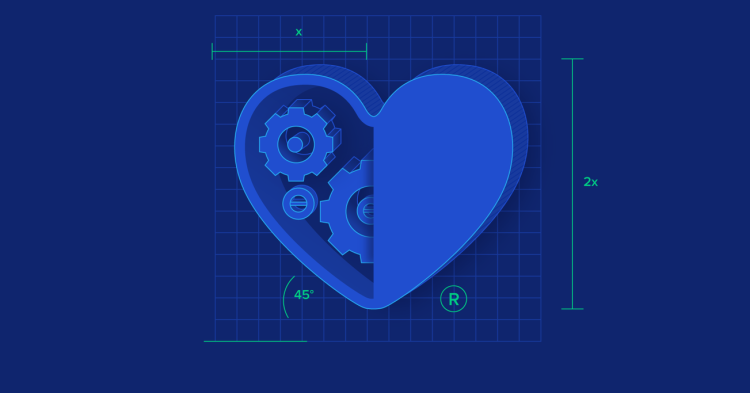In today’s highly competitive market, where options are plentiful and consumer attention spans are brief, brands must work harder than ever to capture and maintain the loyalty of their customers. One of the most powerful tools at a brand’s disposal is the use of designer features—the distinct design elements that elevate a product’s appeal and contribute to its identity. Designer features are no longer just aesthetic choices; they have become crucial in shaping consumer loyalty and driving brand preference.
This article explores how these designer features influence consumer behavior, enhance brand value, and foster a deeper emotional connection between the brand and its audience.
The Power of Design: A Visual Appeal
First Impressions Matter
The saying “don’t judge a book by its cover” may be a timeless piece of advice, but when it comes to consumer products, the cover—meaning the product’s design—is often the first and most important impression a consumer has. A well-designed product attracts attention, piques interest, and can trigger an immediate emotional response.
Designer features such as sleek lines, innovative use of materials, bold colors, and attention to detail help establish a product’s identity. For example, Apple has long relied on its minimalist, sleek design language to differentiate its products from competitors. Consumers are drawn to the clean, elegant aesthetics of Apple devices, which are not just visually pleasing but also intuitive to use. This visual appeal contributes to consumer loyalty by creating a product that feels premium, desirable, and worth the investment.
Creating a Visual Identity for the Brand
Beyond the individual product, designer features help create a brand’s visual identity. Consistent and distinctive design elements, such as logos, color schemes, and product shapes, become synonymous with the brand. Consider brands like Tesla, which uses cutting-edge design features in its vehicles to reinforce its identity as an innovative, high-tech company. The angular, futuristic design of Tesla’s cars is not just about style; it embodies the company’s forward-thinking vision.
When customers identify with a brand’s visual language, they are more likely to feel a sense of belonging and alignment with the company’s values. This emotional connection fosters brand loyalty. As a result, consumers are not just purchasing a product—they’re investing in an identity and experience.

Functional Designer Features: More Than Just Aesthetic Appeal
Enhancing User Experience (UX)
Designer features aren’t just about looking good; they also significantly impact the functionality and usability of a product. In fact, a product’s success is often determined by the harmony between form and function. This balance is particularly critical in the tech industry, where usability plays a major role in customer satisfaction.
For example, smartphones are packed with designer features that prioritize both form and function. Apple’s iconic iPhone has smooth edges, ergonomic dimensions, and a large, high-resolution display. But beyond aesthetics, features like Face ID, simple navigation, and smooth touch responses are designed to enhance the user experience (UX). Consumers who feel that a product is easy to use and intuitive are more likely to become repeat buyers and remain loyal over time.
Ergonomics and Comfort
Ergonomics is another area where designer features play a critical role in fostering loyalty. Products that are designed with the user’s comfort and convenience in mind—whether it’s a pair of shoes, a gaming console, or an office chair—can lead to higher levels of customer satisfaction. Take, for example, Sony’s DualSense controller for the PlayStation 5. The controller’s haptic feedback and adaptive triggers are designed to make gaming more immersive and comfortable. These innovative features create a superior user experience, making customers more likely to stick with the brand.
Innovation and Functionality
Designer features that offer innovation can also inspire consumer loyalty. Products that introduce groundbreaking features—such as wireless charging, biometric security, or smart connectivity—demonstrate a company’s commitment to providing value and convenience. Consumers are drawn to products that not only look good but also offer features that enhance their lives.
Consider Dyson as an example. The brand is known for pushing the envelope in terms of functionality and design. Whether it’s the cordless vacuum cleaner or the bladeless fan, Dyson combines futuristic design with innovative functionality. As a result, Dyson has built a fiercely loyal customer base that trusts the brand to provide cutting-edge solutions.
Psychological Influence: Emotional Connection and Trust
Design as a Symbol of Quality and Status
Beyond aesthetics and functionality, designer features can also be symbolic. High-end designer features often convey a sense of exclusivity, quality, and status. Luxury brands like Louis Vuitton, Gucci, and Rolex use designer features—like distinctive patterns, logos, and materials—to signal that their products are of the highest quality. Owning a product from these brands is not just about using the product but also about signaling membership in a certain social group. This form of status signaling is a powerful driver of consumer loyalty, as consumers who identify with a brand’s status are likely to return for future purchases.
Emotional Design and Customer Satisfaction
Designer features can also foster emotional attachment. When consumers feel that a product speaks to their personal style, preferences, or needs, they develop a deeper emotional connection. Nike’s use of vibrant colors, customizable sneakers, and bold designs taps into customers’ desires for self-expression. The brand’s ability to create products that feel personal to each consumer has fostered a loyal following that spans generations.
A key psychological element in this connection is the feeling of trust. Products that consistently deliver on their promises—whether it’s superior performance, style, or durability—build trust with consumers. Trust, once established, is one of the most important factors in customer loyalty. Coca-Cola, for instance, has built trust over decades by consistently delivering a product that tastes the same and has the same reliable packaging and logo—simple yet iconic design features that consumers recognize and trust.
The Role of Designer Features in Building Brand Communities
Cultivating a Sense of Belonging

When consumers identify with a brand, they often feel a sense of belonging to a brand community. Designer features are often at the heart of these communities. For example, the Starbucks coffee cup design has become a symbol of the global coffee culture that many customers identify with. The experience of holding that iconic cup has become an almost ritualistic part of daily life for millions. Starbucks’ consistent use of its designer features—its logo, cups, and store layouts—helps create a unique environment that customers want to return to.
Similarly, Harley-Davidson enthusiasts are often fiercely loyal to the brand, not just because of the quality of the motorcycles but because the distinct design of a Harley-Davidson bike signifies membership in a particular lifestyle. Harley-Davidson has built a community of passionate consumers who feel connected through their shared love of the brand’s unique design features and the lifestyle it represents.
Brand Evangelism and Advocacy
Loyal customers don’t just return—they often become brand evangelists. These customers actively advocate for the brand, recommending it to others and promoting it on social media. Designer features that resonate with consumers on an emotional level increase the likelihood of customers sharing their positive experiences with others. Consider how Tesla owners proudly showcase their cars, highlighting not just their advanced technology but their distinctive design features.
When customers feel that a product aligns with their values and reflects their personality, they become more likely to champion the brand in their circles. This advocacy is an invaluable asset for companies, as it serves as word-of-mouth marketing, one of the most powerful and cost-effective forms of promotion.
Conclusion: The Lasting Impact of Designer Features on Consumer Loyalty
Designer features play a multifaceted role in shaping consumer loyalty. They are not just about making a product look good; they are about creating an experience that consumers can connect with on a deeper level. From enhancing usability and functionality to forging emotional connections, designer features are a powerful tool in building brand loyalty. Brands that can successfully integrate attractive design, innovation, and emotional resonance into their products are more likely to retain a loyal customer base, gain brand advocates, and foster long-term success.
In a world where consumers are constantly bombarded with choices, designer features offer brands a unique opportunity to differentiate themselves and establish a lasting bond with their audience.

















































